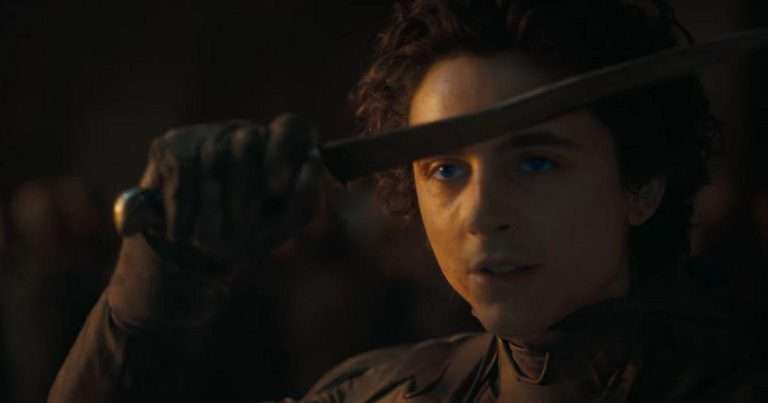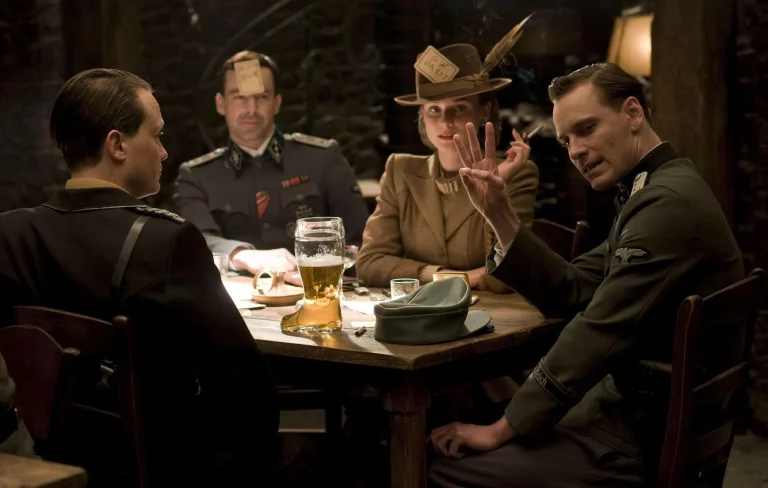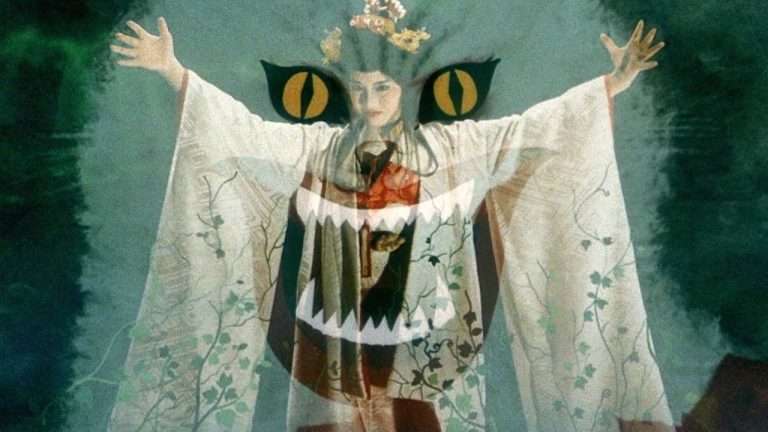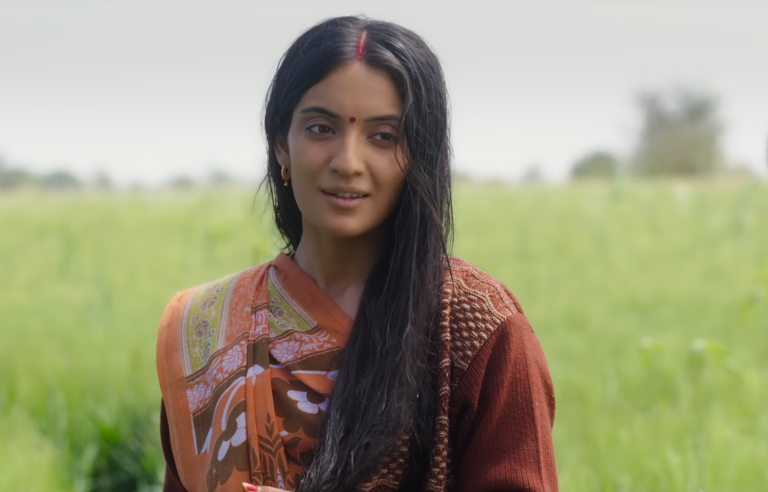In Indian cinema, superheroes often appear as cultural imports. They arrive with capes, masks, and action sequences while missing something important: a sense that these tales are locally grounded and broadly relatable. It is exactly this absence of belonging that Dominic Arun takes on in “Lokah Chapter 1: Chandra,” a film that avoids the tokenistic gender-flip, recasting it thoughtfully through the prism of folk tales and feminist intervention.
Instead of borrowing from Western themes and clichés, Arun draws on Kerala’s rich mythology to shape a tale of larger-than-life heroes, prompting a full-scale rethinking of Indian superhero cinema.
Breaking the Cape Ceiling: Lokah and the Feminist Reframing of Power
The brilliance of “Lokah” is not in placing a woman at the heart, but in its decisive choice of which woman. Kalliyankattu Neeli inhabits Kerala’s collective imagination as a warning about feminine rage and desire, a yakshi who lures men into the deep forest to suck their blood. Arun flips this narrative with a single question: What if the story’s monster had always been the heroine? Kalyani Priyadarshan‘s Chandra embodies this tension with remarkable finesse. Her performance traverses the perilous space between vulnerability and ferocity, steering clear of both the sanitized “strong female” trope and the hypersexualized femme fatale.
The film approaches Chandra’s origin story in a way that breaks from the conventional superhero mold. Unlike male superheroes, whose powers typically emerge by chance or birthright, Chandra’s abilities are forged from the realities of historical oppression and systemic inequality. Neeli, aka Chandra, the sole survivor of her tribe’s massacre, becomes vengeance incarnate — an inevitable response to patriarchal violence.
Particularly notable is how the film depicts Chandra’s relationships with the male characters in the film. Sunny (Naslen) and his friends are deliberately kept from acting as her protectors or lovers. They are witnesses, often bewildered ones, to a power they can neither comprehend nor control. This role reversal exposes masculine anxiety over female autonomy, yet the film transforms it into fuel for richer storytelling rather than ridicule.
Then comes the villain, Inspector Nachiyappa Gowda, brought to life with unsettling precision by Sandy. In a genre known for over-explaining its villains, Gowda is stripped of any tragic backstory, philosophical rationale, or fleeting hints of human vulnerability. He uses violence because it works. Arun’s choice to present this brutality without psychological frills feels almost radical in its simplicity.
It is a sober acknowledgment of the fact that some evil speaks for itself. Gowda embodies misogyny in its most mundane form: quiet, everyday violence that requires no over-the-top monologues or elaborate ruse. He is shockingly normal, and that very ordinariness makes him scarier than any supervillain.
Spectacle and Stakes: Reimagining Storytelling in Superhero Narratives
View this post on Instagram
The film intentionally overturns the usual superhero origin blueprint. Instead of following the usual “great power, great responsibility” arc, “Lokah” unfolds through delayed revelation. From the outset, Chandra is fully transformed, with her past emerging as glimpses in the story, encouraging the audience to assemble her mythology bit by bit rather than experiencing it in one go.
Besides, the film takes its boldest risk in the way it portrays the economics of heroism. Contrary to typical billionaire or privileged student archetypes, Chandra lives and acts within the weight of working-class life. Her night-shift work is at once a practical requirement and a narrative metaphor. This material reality turns the superhero’s classic “double life” from a romantic notion into a reflection on labor, identity, and recognition.
From Minnal Murali to Lokah: Rethinking Regional Superheroes
With “Minnal Murali” (2021), Basil Joseph defined a new direction for Malayalam superhero films: realistic characters, culturally rooted details, and a lighter tone that embraced both the promise and the absurdity of the genre. Building on this base, “Lokah” pushes the story further, using gender to interrogate who is deemed heroic and the nature of heroism itself.
While “Minnal Murali” centered on community integration with its protagonist embraced by the locals, “Lokah” is a tale of defiance and reclaiming what has been taken. Chandra refuses to seek validation from her community and lives by her own rules. In a way, this shift aligns with Malayalam cinema’s evolving engagement with feminist themes, from the domestic-centered feminism of “The Great Indian Kitchen” to the mythic interventions of “Lokah.”
The film’s technical accomplishments are equally noteworthy. Backed by Dulquer Salmaan’s Wayfarer Films, the film’s production values mark a bold investment in regional superhero cinema. The visual effects, though modest compared to Hollywood budgets, attain something more significant: cultural specificity. Far from generic superhero templates, Chandra’s powers are more rooted in the mythical and natural world of Kerala.
In essence, “Lokah Chapter 1: Chandra” succeeds because it recognizes that genuine subversion goes beyond surface-level tweaks. The traditional superhero genre has long been based on wish fulfillment, especially male fantasies of being exceptional, chosen, and singularly capable of saving everyone else. By showcasing a woman whose strength is independent of male validation, “Lokah” reveals that much of superhero mythology is patriarchal aspirations masquerading as universal heroism.
By examining conventional ideas of heroism and superhero identity in light of systemic oppression and historical inequalities, “Lokah” creates room for a complex, culturally embedded approach to cinematic fantasy. Whether the next installments can uphold this level of ideological ambition is uncertain. Yet the groundwork laid here hints that Malayalam cinema’s exploration of the superhero genre is only beginning to show its promise.






